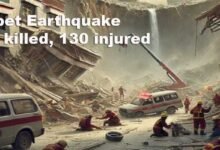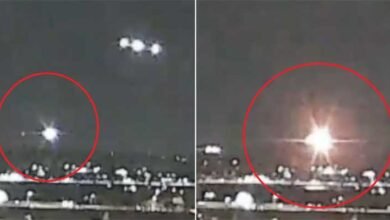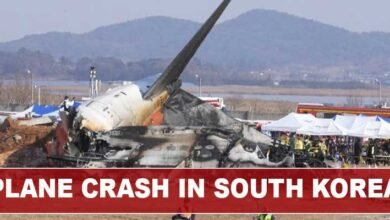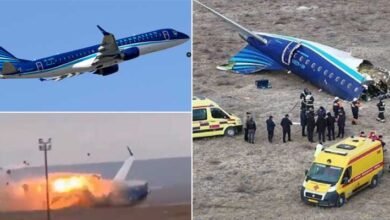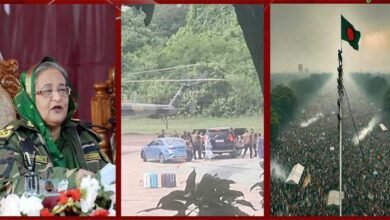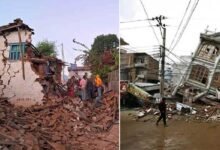Powerful Earthquake and Tsunami Strike Russia’s Kamchatka
The quake, one of the strongest recorded globally since the 2011 Japan earthquake, occurred at a shallow depth of 20.7 kilometers,..........
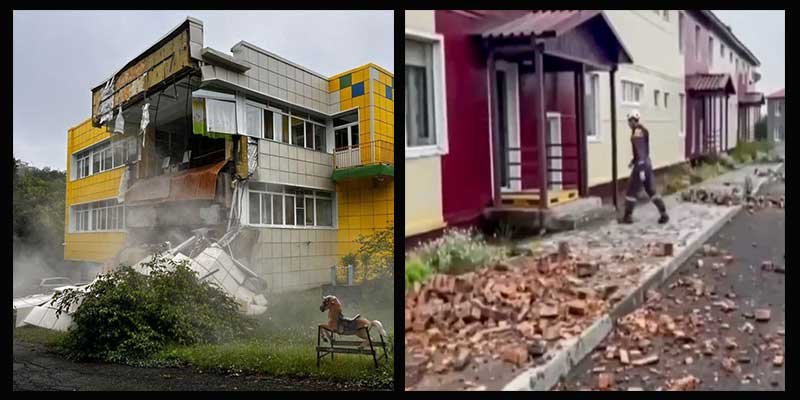
A massive magnitude 8.8 earthquake struck off Russia’s Far Eastern Kamchatka Peninsula early Wednesday, July 30, 2025, at approximately 8:25 a.m. local time, unleashing tsunami waves that impacted Russia, Japan, Hawaii, and prompted alerts across the Pacific.
The quake, one of the strongest recorded globally since the 2011 Japan earthquake, occurred at a shallow depth of 20.7 kilometers, about 119 kilometers southeast of Petropavlovsk-Kamchatsky, a city of 180,000 residents.
The earthquake caused significant shaking, lasting several minutes, with residents like Yaroslav, 25, from Petropavlovsk-Kamchatsky, describing the experience: “It felt like the walls could collapse any moment.” Despite the quake’s intensity, damage in Kamchatka was relatively limited, with a kindergarten and some buildings affected, but no serious injuries or fatalities reported. Several people sought medical assistance for minor injuries, according to regional health minister Oleg Melnikov.
Watch Viral Video of Earthquake-
Tsunami waves, some reaching up to 5 meters (16.4 feet), struck Severo-Kurilsk in Russia’s Kuril Islands, flooding a port, a fish processing plant, and sweeping vessels from their moorings. A state of emergency was declared in the North Kuril District, but Mayor Alexander Ovsyannikov confirmed all residents were safely evacuated to higher ground. Power outages were reported in the Sakhalin region due to damage to the electricity grid.
The quake triggered widespread tsunami warnings across the Pacific, affecting Russia, Japan, Hawaii, Alaska, California, and Pacific Island nations like Papua New Guinea, the Solomon Islands, and Vanuatu. In Japan, over 1.9 million people were urged to evacuate as waves up to 1.3 meters (4.3 feet) hit Hokkaido and Honshu’s eastern coasts. No significant damage or injuries were reported in Japan, and nuclear plants showed no abnormalities.
In Hawaii, tsunami waves ranging from 1 to 1.7 meters struck, with the Kahului Maui gauge recording the highest at 1.7 meters. Governor Josh Green noted that no “wave of consequence” caused significant damage, but commercial harbors were closed, and flights to and from Maui were canceled.
Evacuations caused traffic gridlock, with Honolulu Mayor Rick Blangiardi urging calm and caution. The U.S. Tsunami Warning System warned of hazardous waves for coasts as far as Ecuador and Chile, with California’s Arena Cove gauge recording waves moving southward.
The Pacific Tsunami Warning Center indicated that waves of 1 to 3 meters were possible in Hawaii, Japan, Chile, and the Solomon Islands, with up to 3 meters possible in Russia and Ecuador. New Zealand reported no significant tsunami threat but advised avoiding coastal areas due to unpredictable currents. Australia’s Bureau of Meteorology confirmed no threat to its mainland or territories.
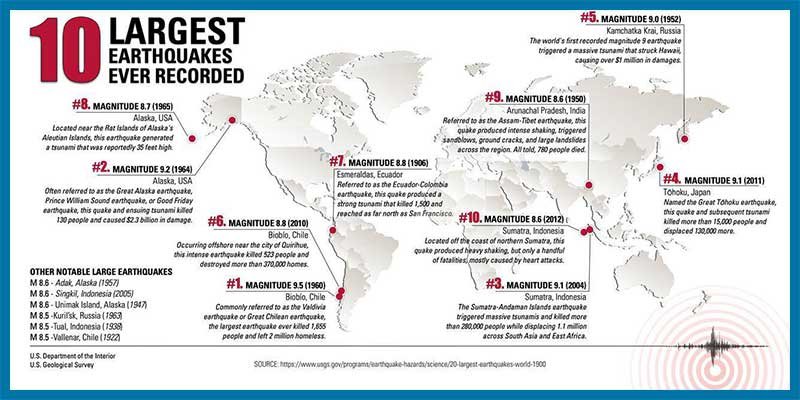
Kamchatka, part of the Pacific Ring of Fire, is prone to seismic activity. Experts like Nathan Bangs from the University of Texas noted the quake’s subduction zone setting, similar to the 2004 Sumatra and 2011 Tohoku events, amplified its tsunami potential. Aftershocks, including two measuring 6.3 and 6.9, continued to rattle the region, though stronger tremors are not expected soon.
Authorities across affected regions continue to monitor the situation, urging residents to stay away from coastlines until all warnings are lifted. The event underscores the Pacific’s vulnerability to seismic events and the importance of preparedness in at-risk areas.
